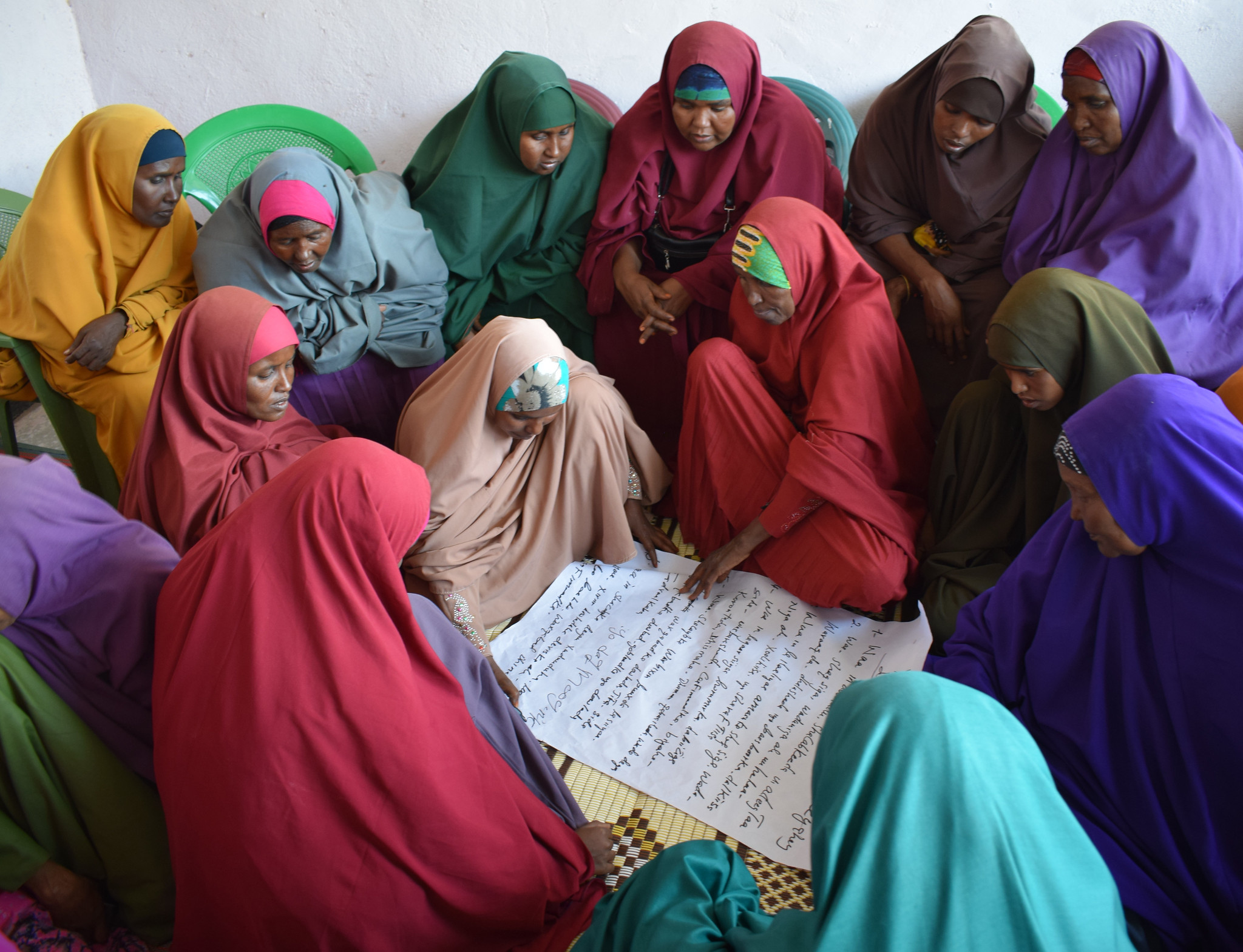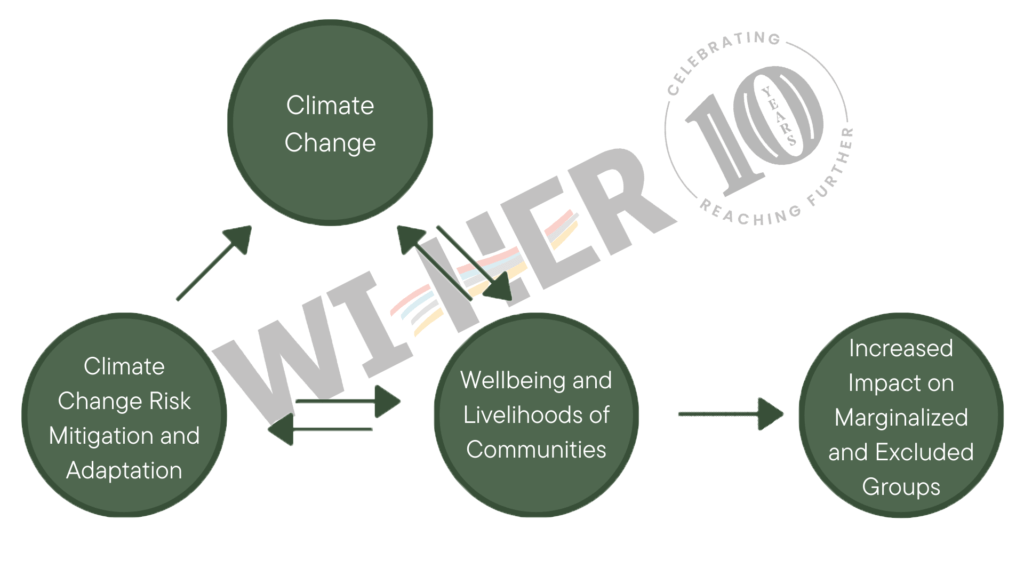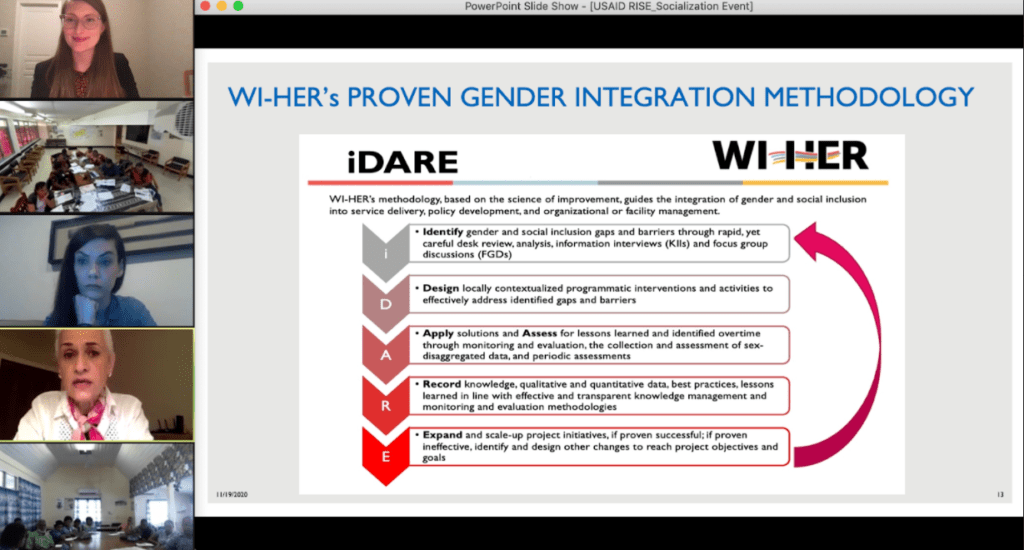
The Inequities of Climate Change
Applying an Inclusive Approach to Climate Change Risk Mitigation and Adaptation
June 13, 2022
By: Maddison L. Hall
This post was originally published on the WI-HER website. To view the original post, click here.
As climate change continues to threaten the livelihoods and wellbeing of communities and ecosystems across the globe, development actors, including donor agencies, have enhanced and renewed their commitments to addressing climate change through risk mitigation, adaptation, and conservation efforts. However, it is clear that historically excluded and disadvantaged groups experience disproportionate impacts of climate change based on poverty, gender, race, age, geographic location, and other factors. Even conservation efforts designed to address climate change can cause inequities, including placing vulnerable groups at risk of further exclusion or harm. This results in a cycle of inequities, which, if not addressed, threatens to both exacerbate climate change and progress towards human development indicators.
What is the relationship between climate change and the wellbeing and livelihoods of communities?
The effects of climate change directly undermine the wellbeing and livelihoods of communities and the ecosystems in which they live: natural disasters threaten the lives of communities in vulnerable areas, drought depletes food and water sources used for survival and income, and changing weather patterns can force migration.
In these communities, historically excluded and vulnerable groups – including women, girls, members of LBTQIA+ groups, the elderly, persons with disabilities, adolescents and youth, and migratory groups – face enhanced obstacles as a result of climate change. For example:
- In Kenya, as firewood and water become increasingly limited, women and girls carry the burden of the increased time needed to collect natural resources – and may even be at risk of harm from wildlife.
- Indigenous peoples in North America face increased negative health impacts from contaminated food and water resources as a result of pollution.
- Across the world, the effects of climate change are associated with an increased risk of gender-based violence.
Yet, it is also important to note that human activities contribute to climate change. Deforestation as a result of human activities like harvesting lumber or agriculture both increases carbon emissions and reduces the trees available to capture greenhouse gasses. Overfishing can cause shifts in marine ecosystems that generate increased carbon dioxide. Large-scale manufacturing accounts for a significant proportion of carbon emissions in high income nations like the United States.
What is the role of climate change risk mitigation and adaptation?
Climate change risk mitigation efforts are designed to reduce and/or stabilize our greenhouse gas emissions. At the same time, adaptation approaches allow us to adjust our lives to the current and future effects of climate change. Through their design, mitigation and adaptation activities directly impact communities; for example, regulations designed to reduce deforestation impact the livelihoods of communities that rely on lumber or other forest products for income or survival. Yet, local communities are often excluded from planning and decision-making processes.
Without careful, locally-led design and monitoring, climate change risk mitigation and adaptation efforts can exacerbate exclusion and even cause harm. For example:
- In Fiji, WI-HER found that women and young people are often excluded from land use planning processes that affect how community land resources are used.
- Planning efforts and infrastructure for climate disaster response often excludes the needs of persons with disabilities.
- In Tanzania, WI-HER learned that female conservation officers are at risk of sexual harassment when participating in wildlife patrol activities.
Dr. Taroub Harb Faramand presents on iDARE, which can be used to ensure that climate change risk mitigation and adaptation activities are locally led and contextually relevant, as well as include the perspectives of the communities affected by climate change.
What can be done?
Climate change risk mitigation and adaptation activities must be locally led and contextually relevant, and include the perspectives and voices of the communities most affected by climate change. This must include applying a gender and social inclusion lens in the design, implementation, monitoring, and evaluation of approaches, beginning with a foundational understanding of the gender, social, and cultural norms and practices that affect resource control and utilization, time use, and roles and responsibilities. For example, alternative livelihood activities may need to be adapted to allow for the involvement of women, youth, the elderly, migratory populations, and other groups commonly excluded from development activities.
Accountability mechanisms should be designed to capture gender or social inclusion related-complaints, and project staff should be equipped with knowledge and resources to monitor the risk of gender-based violence resulting from conservation activities. It is also imperative for the global development community to recognize the inequities of climate change and respond with appropriate resources dedicated to gender equity, social inclusion, and localization.





